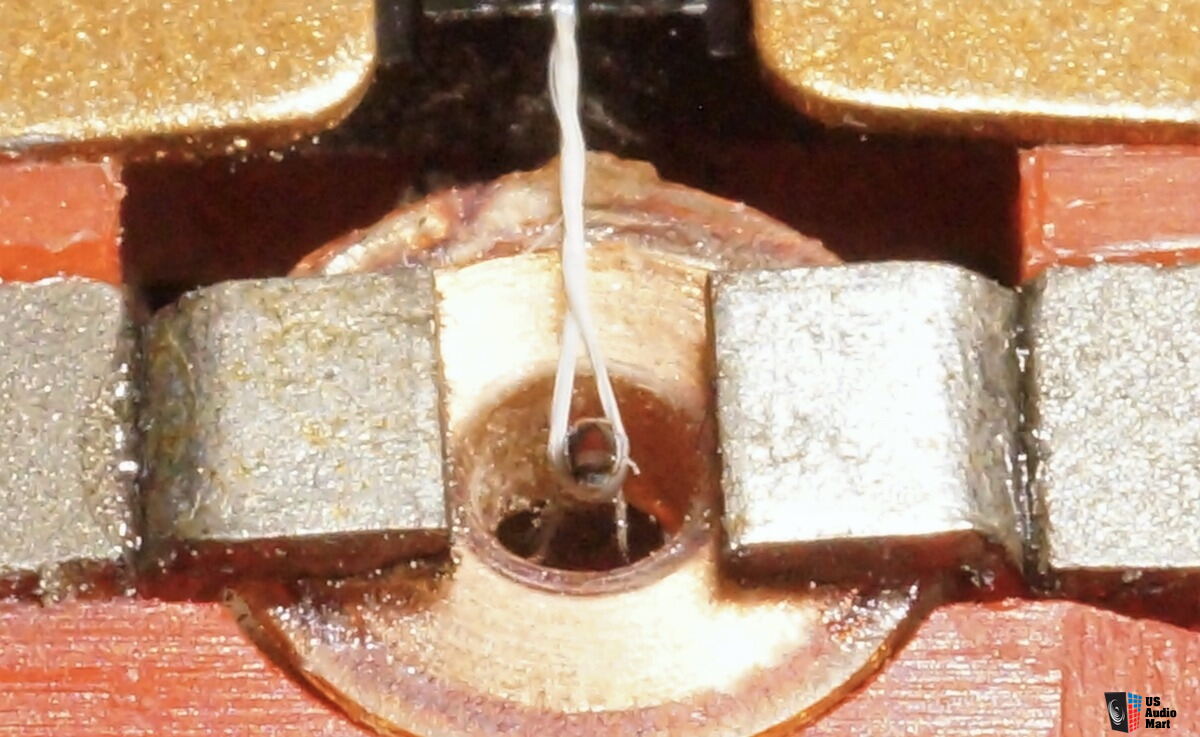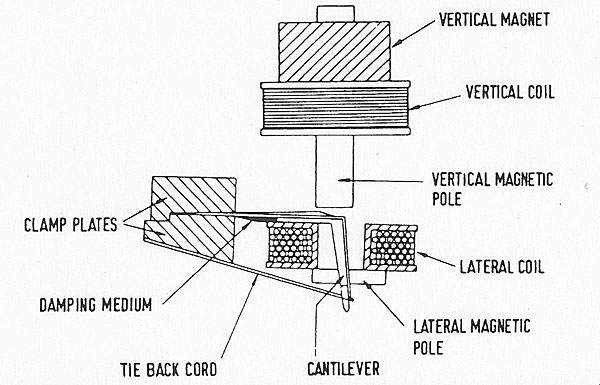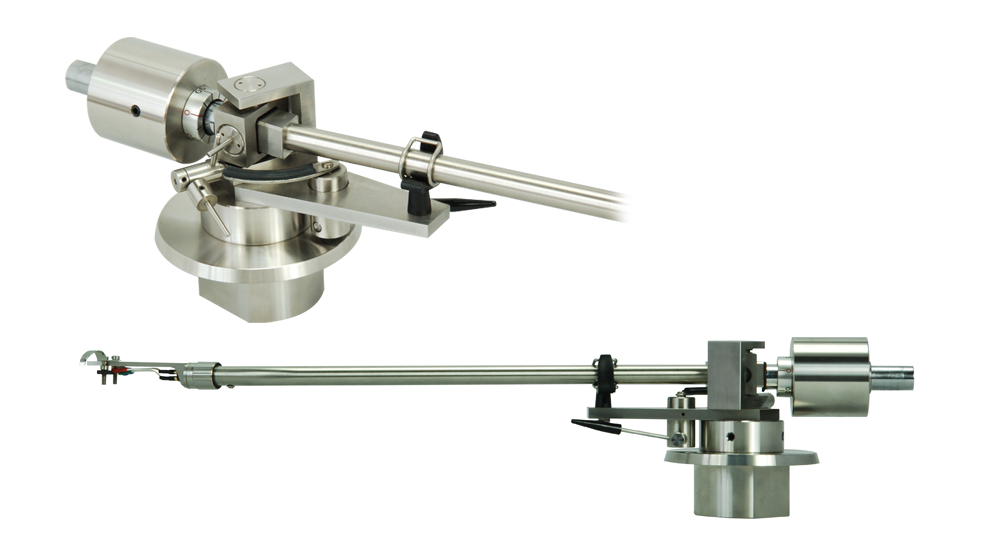Mike Reed
pfm Member
I used to have a Decca; either a C4E or simple London black one, in around '76 but got rid of it because of diving headlong into quadraphonics. Can't remember the arm, but think it might have been the Decca International unipivot. Deck could have been a Thorens 125/2.
Memory's a bit hazy about that period, which involved first house, first wife and first child. I DO remember the vividness of the sound, though, as well as the inconsistency of surface noise etc.
I have a 12" Ace Anna unipivot, which would be a real match for a Decca, I reckon, and I fancy trying one before I sell that arm, which is a marriage with Lyras, pretty good with Benz and Transfig. but not for Koetsu (and, I imagine, other similarly rich, darkish cart's ike Miyajima, e.g. Hence eventual change to a heavier mass gimballed arm.
I know little or nothing about Decca models, VTFs required, stylus cleaning of their delicate short canti's or fitting to normal headshells. I was tempted by a recently advertised C4E, which got my mind going. Am I chasing a dead duck here or would I be rewarded by something totally different from my Proteus, Benz Ebony, K Urushi, Lyra etc. type cart's ?
Lots of Decca aficionados and experts here. Please educate me.
Memory's a bit hazy about that period, which involved first house, first wife and first child. I DO remember the vividness of the sound, though, as well as the inconsistency of surface noise etc.
I have a 12" Ace Anna unipivot, which would be a real match for a Decca, I reckon, and I fancy trying one before I sell that arm, which is a marriage with Lyras, pretty good with Benz and Transfig. but not for Koetsu (and, I imagine, other similarly rich, darkish cart's ike Miyajima, e.g. Hence eventual change to a heavier mass gimballed arm.
I know little or nothing about Decca models, VTFs required, stylus cleaning of their delicate short canti's or fitting to normal headshells. I was tempted by a recently advertised C4E, which got my mind going. Am I chasing a dead duck here or would I be rewarded by something totally different from my Proteus, Benz Ebony, K Urushi, Lyra etc. type cart's ?
Lots of Decca aficionados and experts here. Please educate me.





